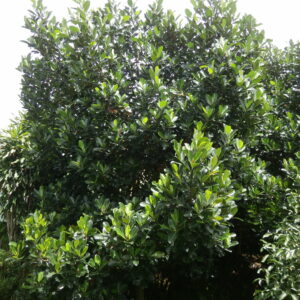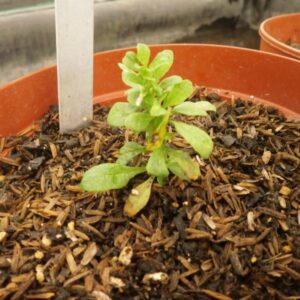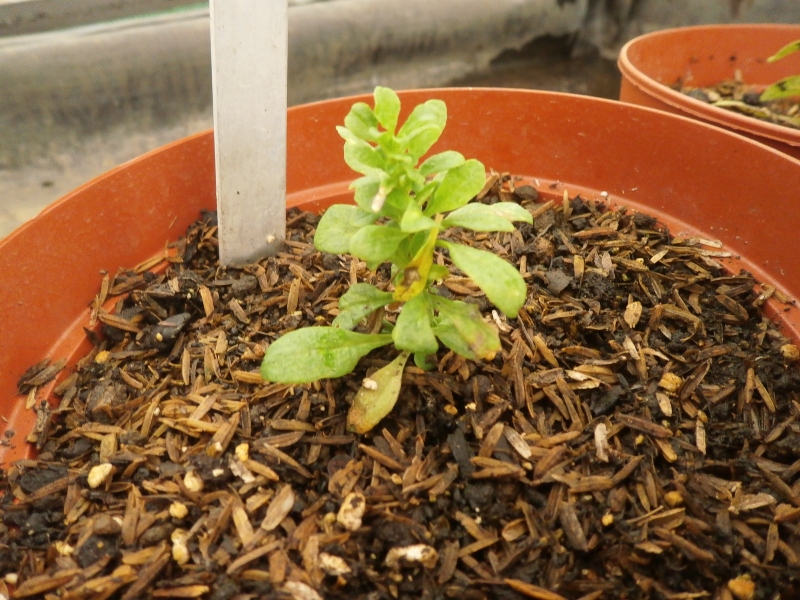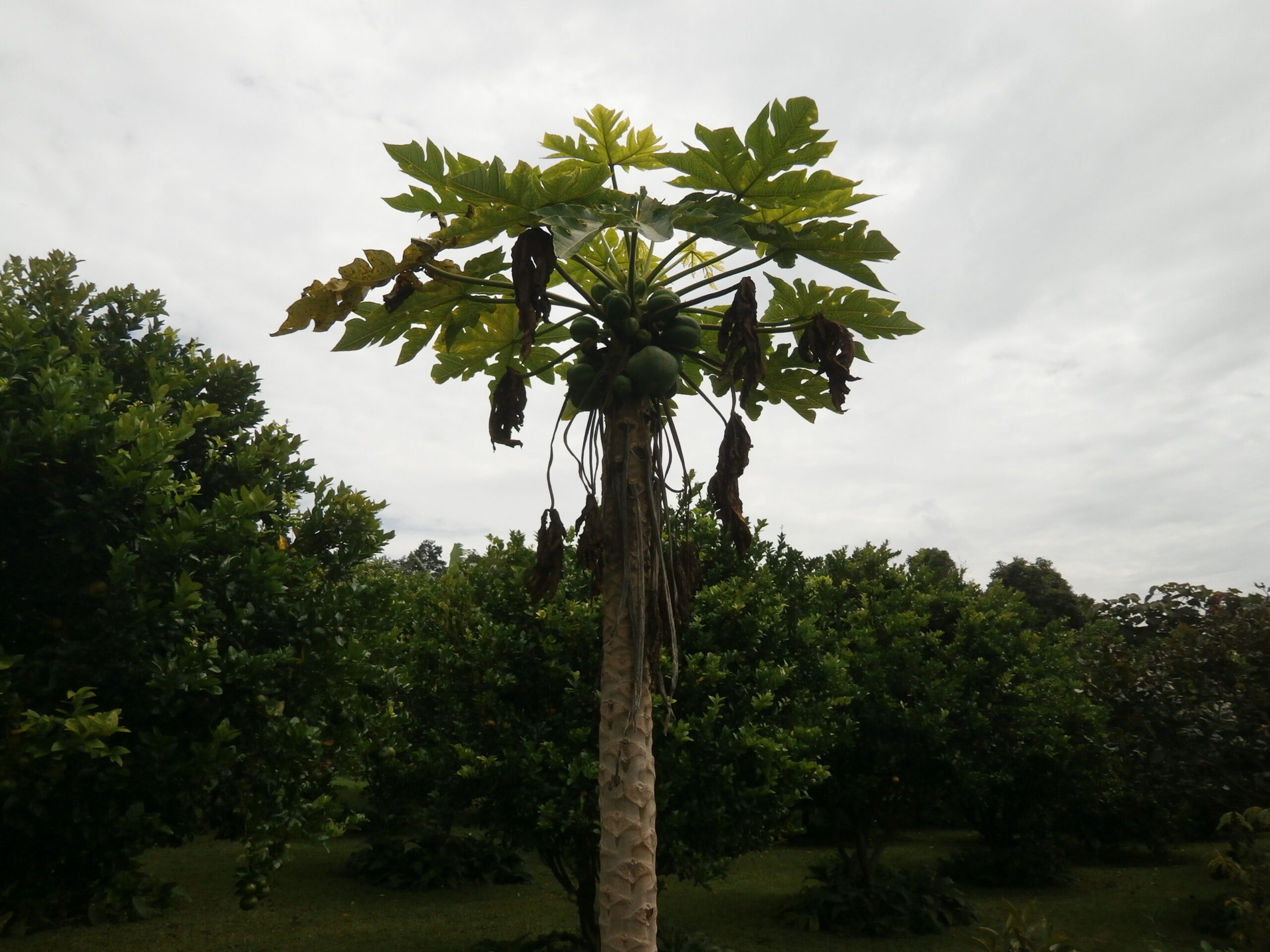
Orange Amer
₡2,550.00
Scientific name: Citrus aurantium
Family:
Origin:
Medicinal use:
29 in stock
Related products
-

Jack fruit
Fruit orchard ₡2,550.00 Add to cart
Jack fruit
₡2,550.00
SKU: 1055 Category: Fruit orchardScientific name: Artocarpus heterophyllus
Family: Moraceae
Origin: India
Medicinal use: The jack fruit also known by the name of nanjea and panapén. It is native to Indonesia, and its fruits are large, as you can see in the opening photo. A tree can produce up to 3,000 kilos of fruit per year. The inside of the fruit is yellow to orange in color, similar to mango. Its juice is slightly acidic and deeply sweet, with a flavor that is reminiscent of the mixture of mango and orange in addition to other flavors.
26 in stock
-
Out of Stock

Allspice
Fruit orchard ₡3,750.00 Read more
Allspice
₡3,750.00
SKU: 1585 Category: Fruit orchardScientific name: Pimenta dioica
Family: Myrtaceae
Origin: Mexico and C America
Medicinal use: This pepper does not contain piperine, so it does not have the characteristic spicy flavor of that pepper. They have an aromatic and fresh scent reminiscent of eucalyptus or myrrh. Its nuts are used as a condiment in various dishes and can easily be combined with other spices. It is one of the most characteristic ingredients of Caribbean cuisine, it is used ground in the preparation of Mexican mole sauces and in the elaboration of curry powder.
Out of stock
-
Out of Stock

Goji berry
Chinese, Fruit orchard ₡2,550.00 Read more
Goji berry
₡2,550.00
SKU: 0850 Categories: Chinese, Fruit orchardScientific name: Lycium barbarum
Family: Solanaceae
Origin: China
Medicinal use: It is a hedge or scrub shrub that reaches between 2 and 3 meters in height, and between 2 and 3 and a half meters in width. It has thorny branches and long, whole and somewhat thick leaves. The fruit is a fleshy ovoid berry of red or orange color. Goji berries have been attributed multiple health benefits, however various articles have questioned the scientific endorsement of these alleged virtues.
Out of stock
-

Papaya
Fruit orchard ₡2,550.00 Add to cart
Papaya
₡2,550.00
SKU: 1536 Category: Fruit orchardScientific name: Carica papaya
Family: Caricaceae
Origin: Mexico and C America
Medicinal use: Carica papaya is a very rich shrubby fruit of the genus Carica in the family Caricaceae. Its fruit is commonly known as papaya, papayón, olocotón, papayo, mamón, milky or milky. The fruits have a smooth texture and an oblong shape, and can be green, yellow, orange or pink. The fruit is usually consumed raw, without its peel and its seeds. The unripe green papaya fruit can be eaten in salads and stews.
20 in stock

